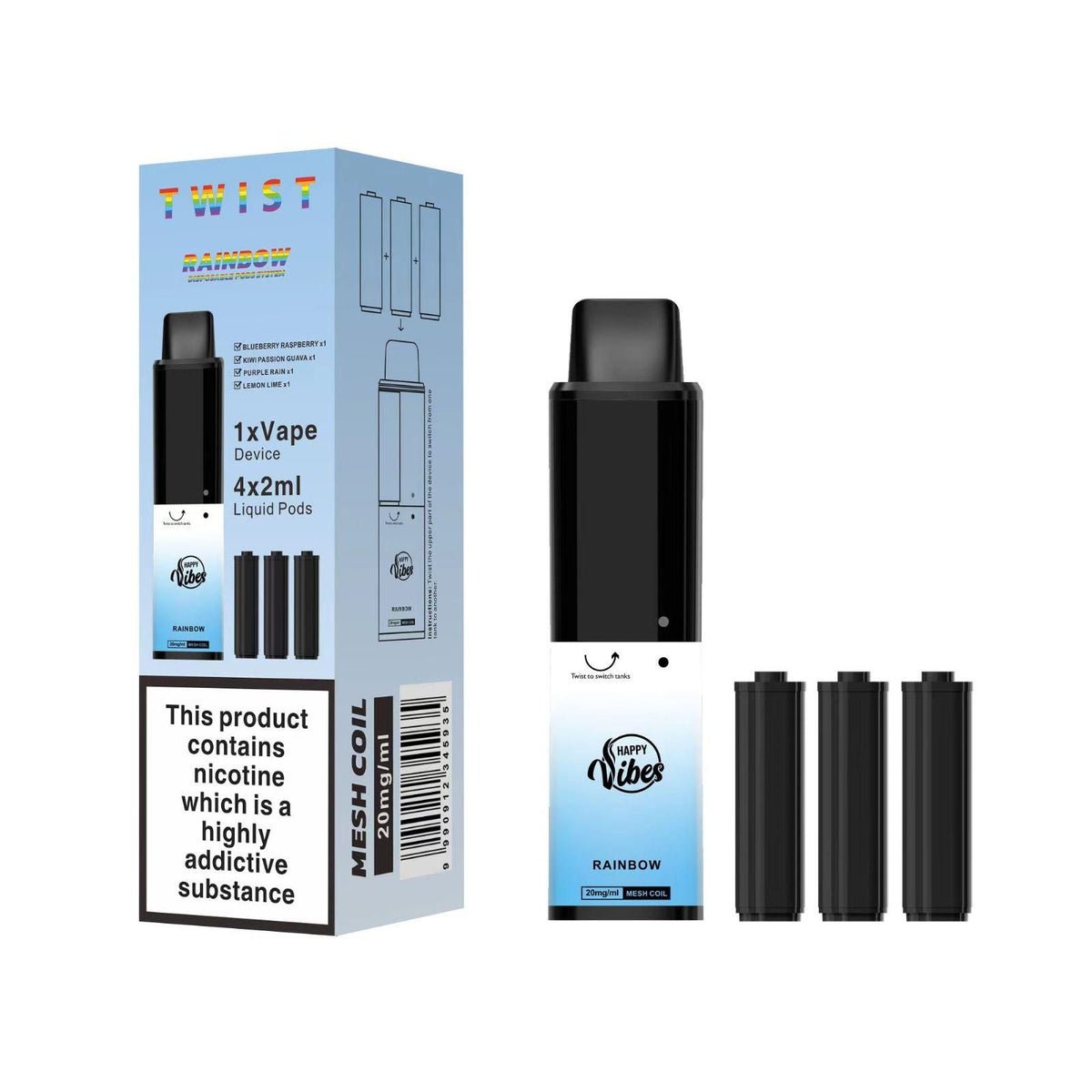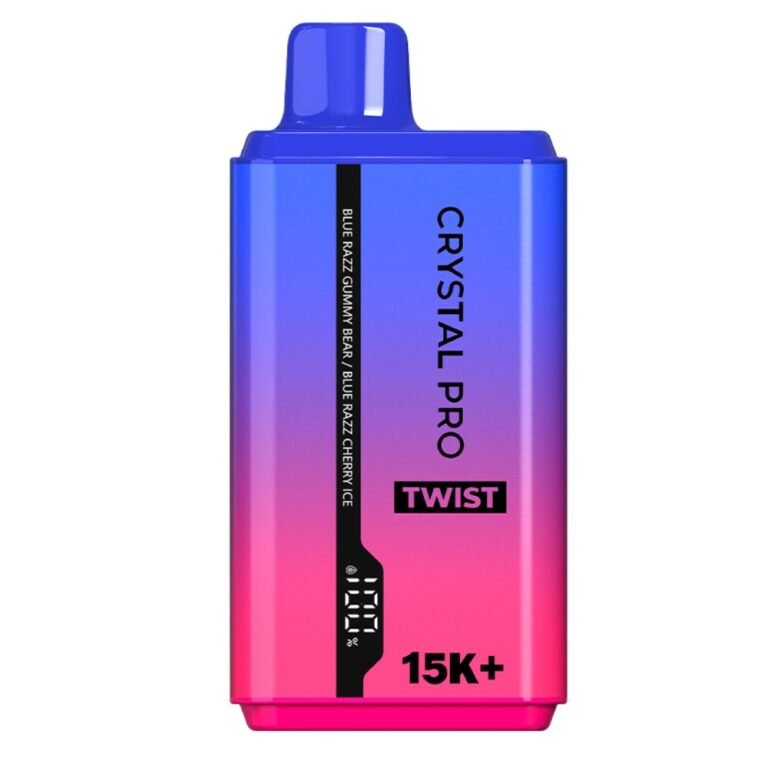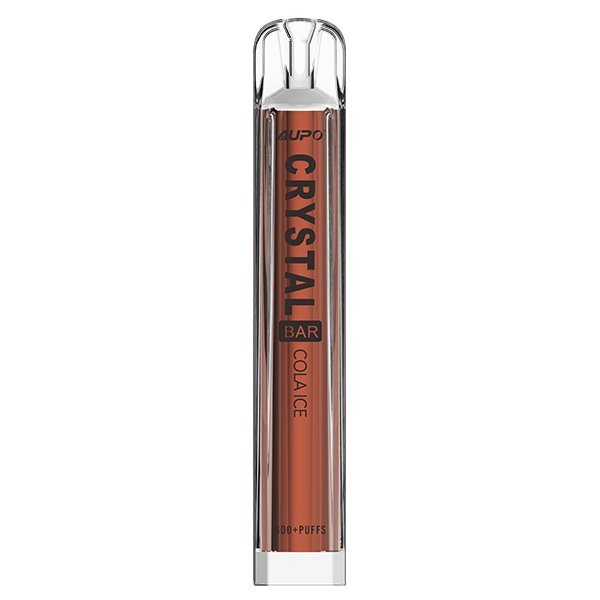How to Maximize Your $2400: Smart Investment and Saving Strategies
Having $2400 in hand can be an exciting opportunity for anyone looking to boost their financial situation. Whether you’ve saved up this amount from a bonus, tax return, inheritance, or another source, knowing how to best utilize this money can significantly impact your financial well-being in both the short and long term. With a variety of investment and saving strategies available, it’s important to understand how to make your $2400 work for you and maximize its potential.
Thank you for reading this post, don't forget to subscribe!The key to growing this amount of money lies in deciding what your financial goals are—whether you want to build wealth, save for an emergency fund, pay down debt, or invest for the future. Each of these objectives has different strategies and considerations that can affect your approach. The good news is, with smart decisions, you can grow your $2400 into a more substantial amount over time.
This article explores the best ways to maximize your $2400, from investing it in various asset classes to saving it in high-interest accounts. We’ll break down strategies that fit different financial goals and risk tolerance levels, giving you the tools to make an informed choice about how to use your money wisely. Whether you are new to investing or an experienced saver, there are opportunities available to make your $2400 grow.
Understanding the Basics of Maximizing Your Money
Before diving into the specifics of how to make the most of your $2400, it’s essential to understand some core principles of financial management. First, it’s important to distinguish between saving and investing.
- Saving generally involves putting money aside for short-term needs or emergencies, typically in low-risk, easily accessible accounts.
- Investing involves putting your money into assets that have the potential for higher returns over the long term, but with greater risk.
Understanding how to balance saving and investing is crucial in maximizing your money. Ideally, a good approach involves saving for short-term needs while investing for long-term wealth-building. Let’s explore the different options available to you when deciding how to maximize your $2400.
Smart Saving Strategies for Your $2400
If you prefer a more conservative approach with guaranteed returns, there are several savings strategies available that can help you grow your $2400 with minimal risk. Let’s explore some of the top options:
- High-Yield Savings Accounts
A high-yield savings account (HYSA) is a great option if you want to keep your $2400 liquid (easily accessible) while earning higher interest than a traditional savings account. HYSAs typically offer interest rates several times higher than regular savings accounts, often around 0.5% to 2% annually.
- Pros: Low-risk, easy access to your money, FDIC insured up to $250,000.
- Cons: Lower returns compared to investments, inflation can erode purchasing power over time.
By depositing your $2400 in a high-yield savings account, you can earn interest while maintaining access to your funds for emergencies or future investment opportunities. The higher interest will help your money grow steadily over time, even though the returns may be lower compared to other investment types.
- Certificates of Deposit (CDs)
If you don’t need immediate access to your $2400, a Certificate of Deposit (CD) might be a good option. A CD is a time deposit offered by banks, where you lock your money away for a fixed period (usually 6 months to 5 years) in exchange for a higher interest rate.
- Pros: Guaranteed returns, FDIC insured, higher interest rates than regular savings accounts.
- Cons: Your money is locked in for the term, early withdrawals can result in penalties.
By placing your $2400 in a 12-month CD with a 1.5% annual interest rate, for example, you would earn around $36 in interest by the end of the year, helping you grow your funds without the risk of market volatility.
- Money Market Accounts
Money market accounts (MMAs) combine features of both savings and checking accounts, offering higher interest rates than traditional savings accounts, while still allowing you to access your funds relatively easily. MMAs typically require a higher minimum deposit than regular savings accounts but offer competitive interest rates (typically between 0.5% and 1.5%).
- Pros: Easy access to funds, higher interest rates than savings accounts, FDIC insured.
- Cons: Higher minimum balance requirements, lower returns compared to investing.
Money market accounts are a great way to save your $2400 and earn interest without locking your money away, offering flexibility and low risk.
Investment Strategies to Maximize Your $2400
If you are open to taking on more risk in exchange for higher potential returns, investing your $2400 can significantly grow your wealth over time. Here are some smart investment strategies:
- Stock Market Investments
The stock market offers one of the most effective ways to build wealth over the long term. By investing in individual stocks or exchange-traded funds (ETFs), you can potentially earn higher returns compared to savings accounts or bonds. The stock market has historically offered an average annual return of 7% to 10%.
- How to Invest: Consider purchasing ETFs that track broad indices like the S&P 500, which offers exposure to a variety of companies across different sectors. Alternatively, if you’re comfortable with the risk, individual stocks can yield higher returns if chosen carefully.
- Pros: High growth potential, relatively liquid, wide range of options (stocks, ETFs).
- Cons: Volatility, short-term losses are possible, requires research and ongoing monitoring.
By investing your $2400 in a well-diversified ETF like the Vanguard S&P 500 ETF (VOO), you can expose your money to the performance of the U.S. stock market, helping it grow over time.
- Robo-Advisors
Robo-advisors are automated platforms that provide investment management by using algorithms to build and manage a diversified portfolio. Many robo-advisors require low minimum deposits and offer relatively low fees. This is an ideal choice if you’re looking for a hands-off investment strategy.
- Pros: Low fees, automated, access to diversified portfolios.
- Cons: Limited control over investment choices, potential for market losses.
Robo-advisors like Betterment or Wealthfront will help manage your $2400 by investing in ETFs and stocks based on your risk tolerance and financial goals. Over time, these platforms can provide an easy way to grow your investment passively.
- Real Estate Crowdfunding
Real estate crowdfunding allows individuals to pool their money together to invest in real estate projects. This is an interesting option if you want to diversify your investments into real estate without the need to buy an entire property. Websites like Fundrise and RealtyMogul allow users to invest as little as $500 into commercial and residential properties.
- Pros: Diversification into real estate, lower entry point than buying properties outright, passive income potential.
- Cons: Illiquidity (can’t easily sell your investment), property management risks.
By investing your $2400 into a real estate crowdfunding platform, you can gain exposure to real estate properties, potentially earning passive income and benefiting from property appreciation.
- Bonds and Fixed-Income Investments
If you’re looking for a safer investment with more stable returns, consider putting your $2400 into bonds or other fixed-income securities. Bonds offer predictable returns and are less volatile than stocks.
- How to Invest: U.S. Treasury bonds, municipal bonds, or corporate bonds are common types of fixed-income investments. You can purchase these through brokerage accounts.
- Pros: Steady returns, lower risk than stocks, can help balance a diversified portfolio.
- Cons: Lower returns than stocks, inflation risk, interest rate risk.
Bonds are a great way to preserve capital and generate income, making them an excellent choice if you want to grow your $2400 while keeping your risk to a minimum.
Frequently Asked Questions
1. How can I invest my $2400 safely? To invest your $2400 safely, you can opt for low-risk options like high-yield savings accounts, CDs, or government bonds. These options provide a predictable return on investment with minimal risk.
2. How long should I invest my $2400 for? The ideal investment horizon depends on your financial goals. For long-term wealth building, stocks or real estate may offer higher returns. For short-term goals, a high-yield savings account or CDs may be a better option.
3. Can I start investing with just $2400? Yes, you can start investing with $2400. Many investment platforms and brokerages allow you to begin with small amounts. ETFs, stocks, and robo-advisors are all great options that allow for relatively low entry points.
4. Should I save or invest my $2400? The decision to save or invest depends on your goals. If you need access to the money within the next few years, saving may be the better option. However, if you’re looking to build wealth for the future, investing will likely offer higher returns.
Conclusion
Maximizing your $2400 requires careful consideration of your financial goals, risk tolerance, and time horizon. Whether you choose to save in a high-yield savings account, invest in stocks and ETFs, or explore real estate crowdfunding, there are numerous strategies available to help your money grow. By diversifying your investments, being patient, and staying disciplined, you can turn that initial $2400 into a foundation for long-term financial success.






